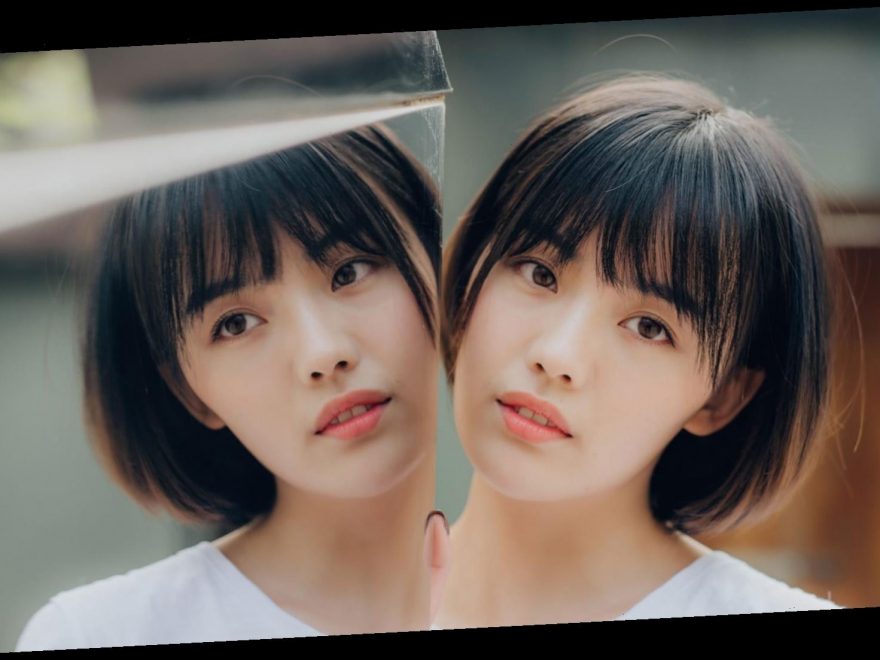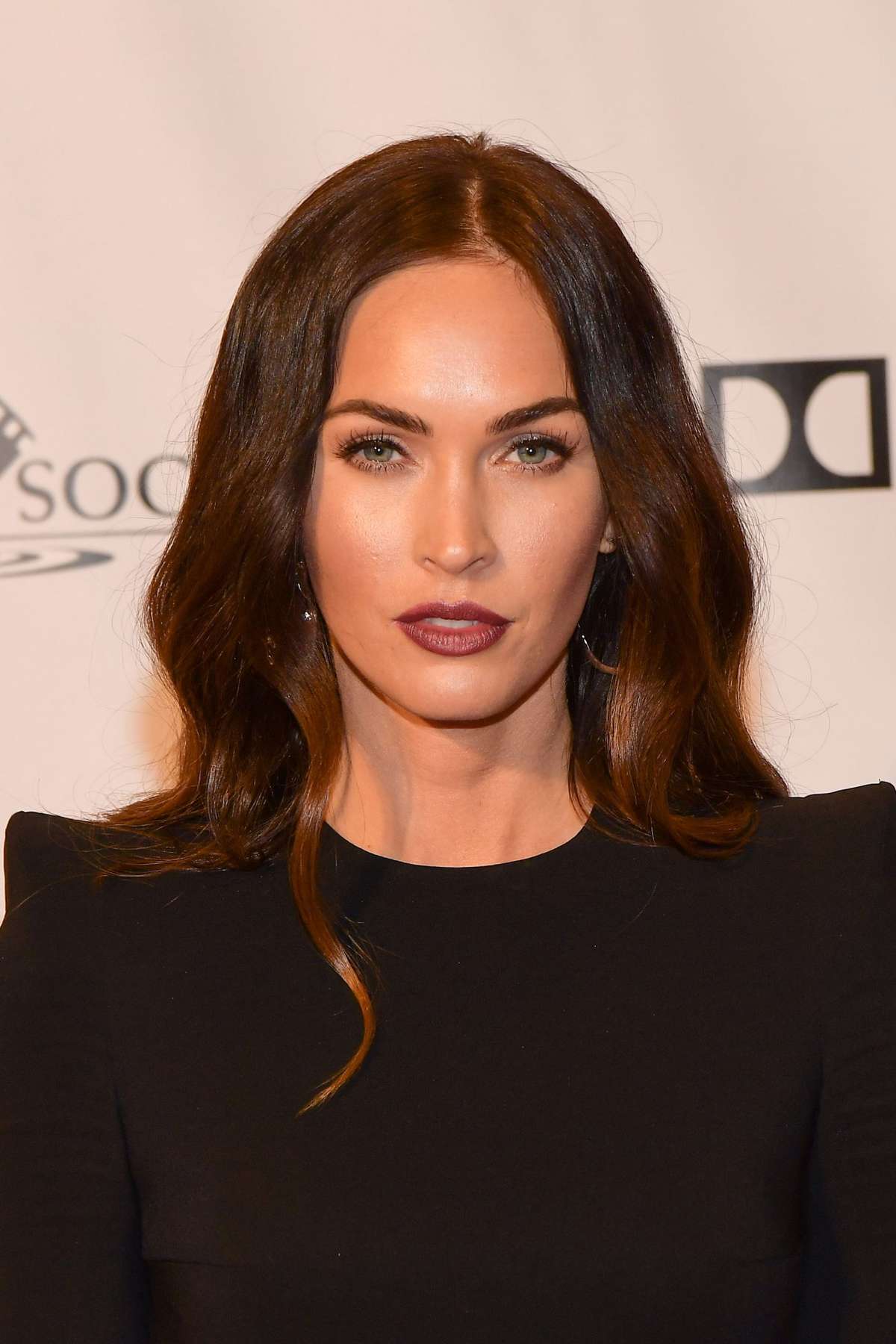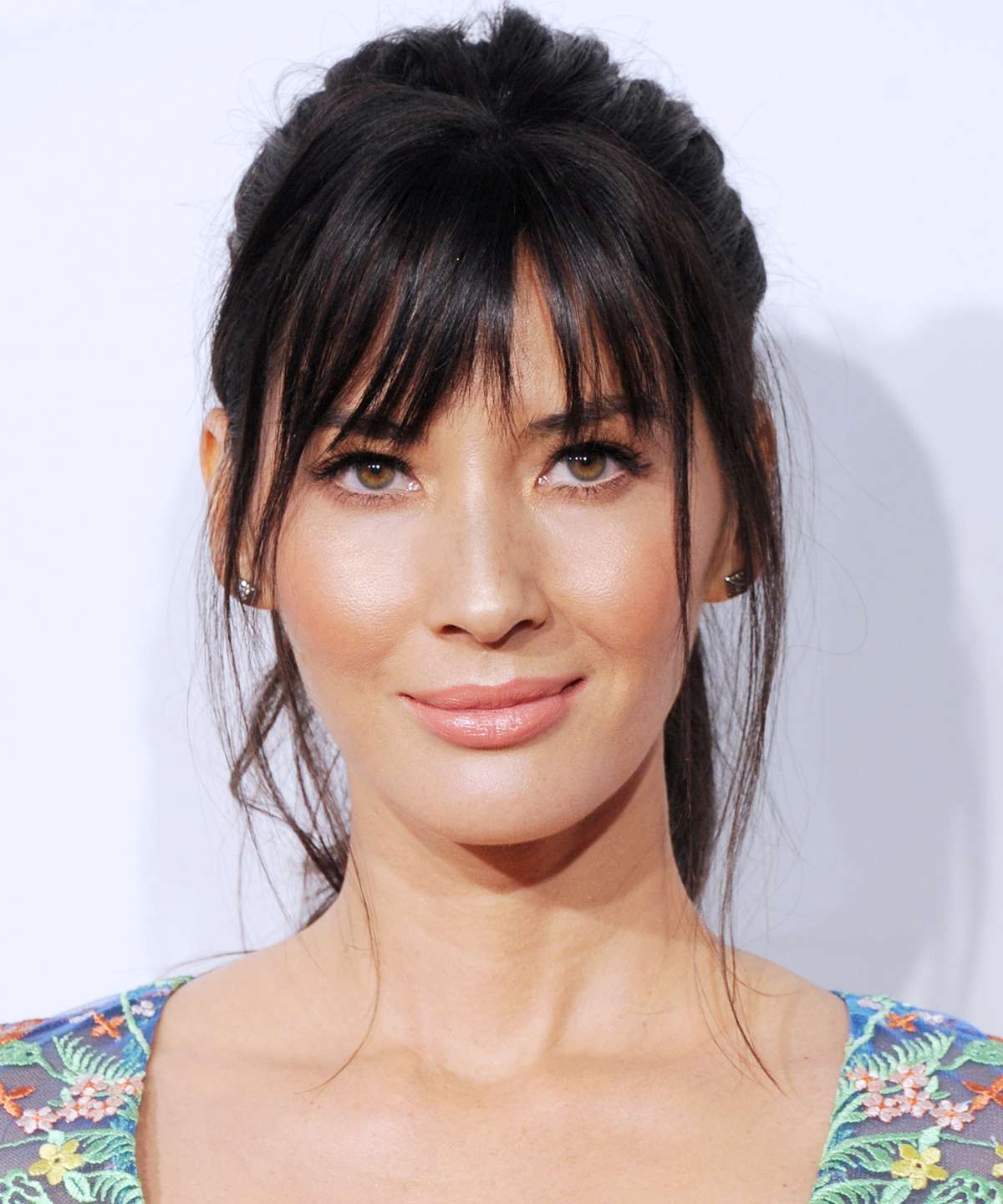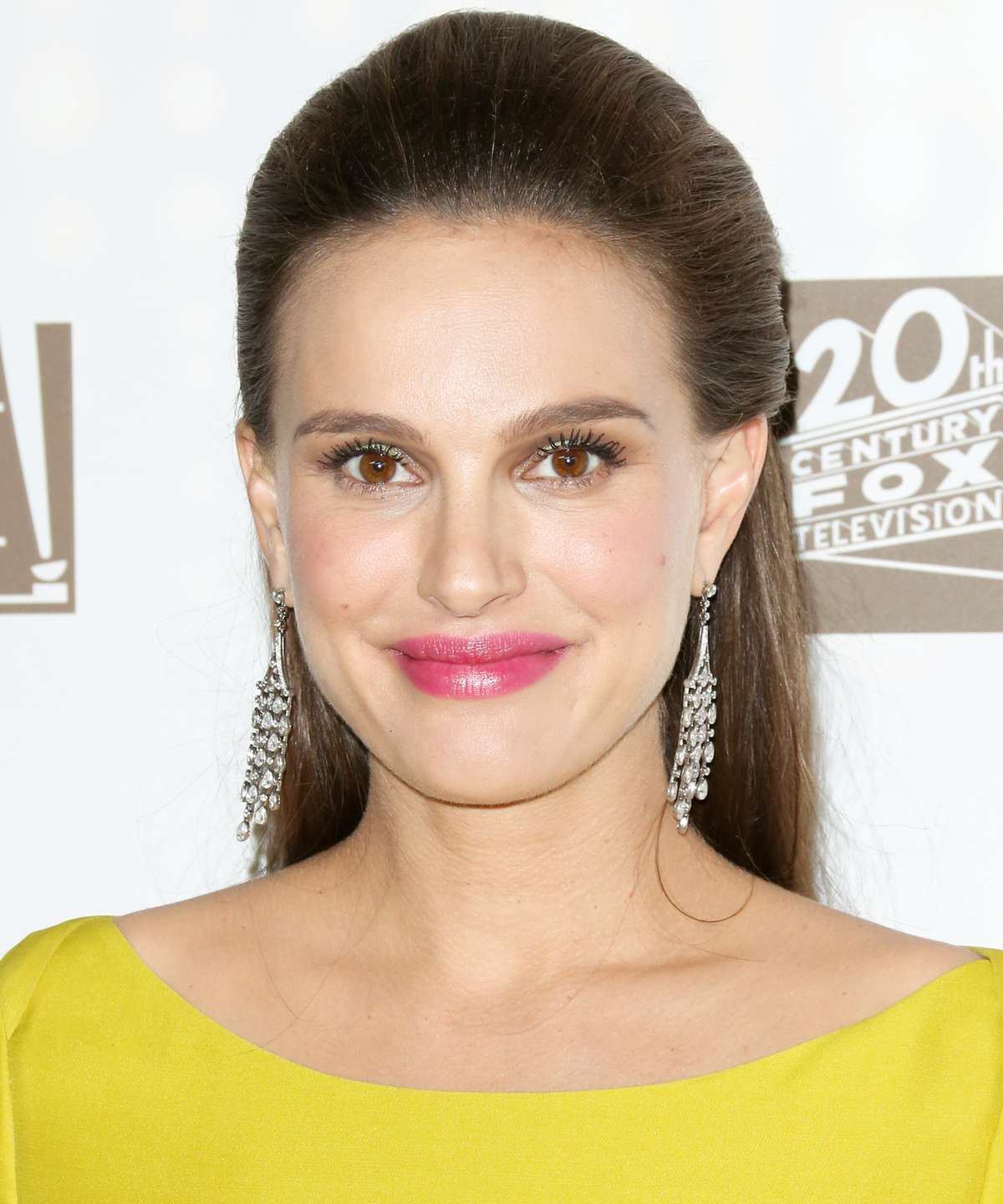We all know that our haircut, bang type, eyebrow shape, contouring technique, and even glasses should be catered to flatter our face shape. But the question still remains — how can you exactly determine which face shape you actually happen to be?
Figuring out your face shape proves to actually be a little harder than you’d think since it’s not a one-size-fits all type of situation. You have to pay close attention to the sides of your face and jawline — the category that best fits your face depends on how pronounced or rounded your angles are. Easy right? Well, not exactly, considering that the shapes can also vary depending on who you ask.
To clear up the confusion once and for all, we consulted the expertise of NYC makeup artists Mayerling Cintron of Bellamayven (and founder of Tuhlz) and Sharon Becker, as well as Dr. Jennifer MacGregor of Union Square Laser Dermatology in New York City on how to determine your face shape.
RELATED: Here’s How You Should Contour to Flatter Your Face Shape
So where to begin? Becker says to take off your makeup, pull your hair off your face, and assess. And then scroll down to learn about the key differences between each shape, and find out which one your face falls into.
of
Diamond-Shaped Face
Becker says your face falls into the diamond category if your cheekbones are the widest part of your face with your forehead coming in second, and the bottom of your face sloping into a narrow chin. “Maybe with even a cute point,” Becker adds.
Cintron adds that the diamond-shape “is the most feminine, emphasizing softer more subtle features which still highlight the cheekbones, chin and jawline.”
of
of
Heart-Shaped Face
According to Dr. MacGregor, those with heart-shaped faces tend to have wider proportions up top. “Heart has a wider forehead and cheekbone and then tapers down to a relatively more narrow and smaller jawline and lower face,” she says.
Cintron also advises looking at it from a contouring standpoint. “Someone with a stronger forehead or a heart shaped face may want to contour more around the perimeter of forehead,” she says. But of course, you should always embrace the shape of your face and pick techniques to highlight your assets.
of
of
Oval-Shaped Face
According to Becker, an oval-shaped face is “longer than it is wide.” She adds that the “forehead is larger than the jawline [but] smaller than the width of your cheek bones, which are the widest part of the face.”
An even easier trick? According to Dr. MacGregor, if you have a “balanced egg” shaped face then you’re an oval. She also points out that oval face shapes are often viewed as ideal because they’re considered “classically desirable and youthful appearing.”
of
of
Round-Shaped Face
Round face shapes are widest in the center and narrow at the top and bottom. “The cheekbones and face length have a similar measurement,” says Becker, adding that the top of the forehead is typically rounded and the jawline usually has a soft angle.
Additionally, those who feel the need to contour the whole face, particularly around the jawline, typically fall into the round category. “A Round face has fuller cheeks and a less defined jawline and bone structure,” says Cintron. “Someone with a rounder face may want to add definition by contouring more around their cheeks.”
of
of
Square-Shaped Face
Dr. MacGregor notes that a square face shape “has a wider forehead and wider jawline, and is not much longer than it is wide.” Becker agrees, adding that in a square-shaped face, the “forehead, cheekbones, and jaw are essentially the same width.”
A flattering contour trick? Cintron says contouring along the jaw can soften the jawline while still accentuating your face’s shape.
of
of
Oblong-Shaped Face
An oblong-shaped face is kind of an elongated combination of an oval and square shape. Like the square shape, Becker says that the forehead, cheekbones, and jawline are all around the same width.
She says the key difference is that an oblong-shaped face is longer than a typical square. She adds that a straight hairline or tall forehead are other characteristics an oblong-shaped face may possess.
of
Source: Read Full Article






